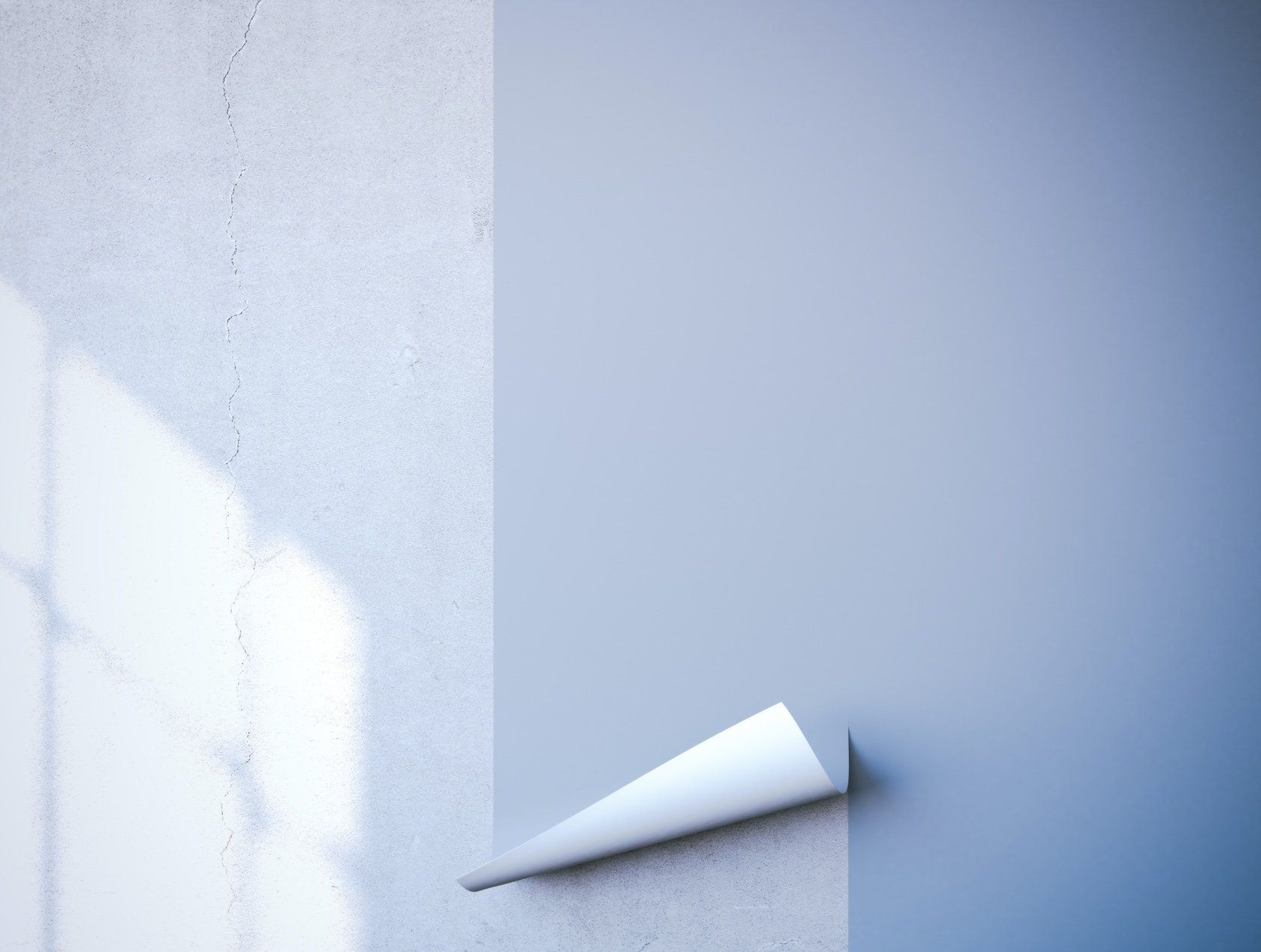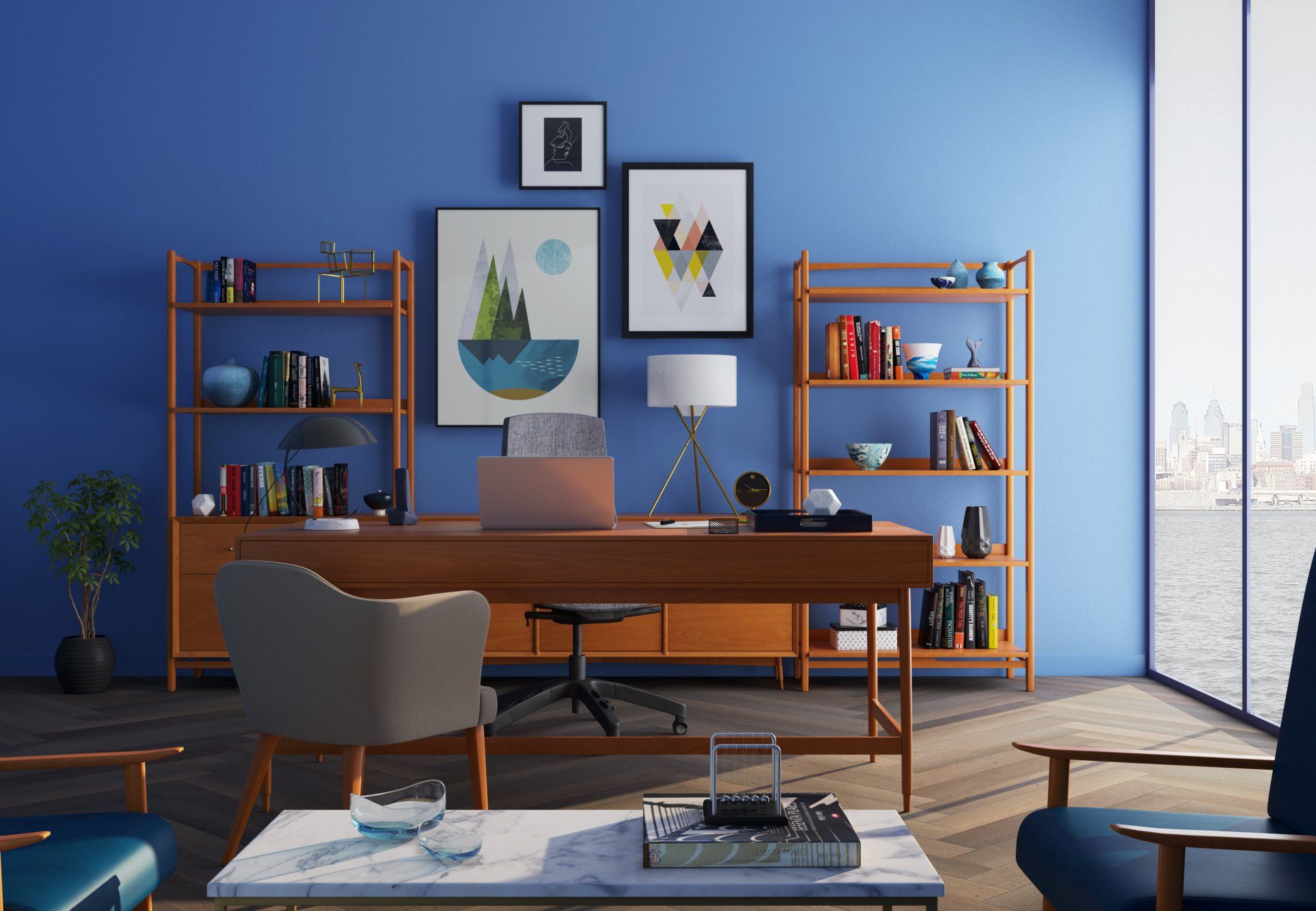Adding personality and flair to your living space is an exciting endeavor, and one of the most effective ways to achieve this is by creating accent walls. These focal points can transform a room, infusing it with character and style. In this ultimate guide, we'll explore the art of accent walls, providing you with tips, inspiration, and step-by-step instructions to help you embark on a creative journey to enhance your home.
Choosing the Right Wall:
The first step in creating an accent wall is selecting the perfect spot. Consider the room's layout, natural focal points, and the overall design aesthetic. Opt for a wall that naturally draws attention, such as one with unique architectural features, or the wall behind your bed or sofa.
Selecting the Ideal Colour:
The colour you choose for your accent wall plays a crucial role in setting the tone for the entire room. Go bold with a vibrant hue to make a statement, or opt for a contrasting shade to add depth and dimension. Remember to consider the existing colour palette in the room to ensure a harmonious blend.
The colour you choose for your feature wall plays a crucial role in setting the tone for the entire room
Experimenting with Patterns and Textures
Think beyond solid colours and explore patterns and textures to elevate your accent wall. Consider options like geometric patterns, stripes, or even textured wallpaper for a touch of sophistication. Experimenting with different materials can add a unique and personalized touch to your space.
Creating a Focal Point with Artwork
Turn your accent wall into a gallery by incorporating artwork or a large statement piece. Whether it's a painting, a collection of framed photos, or a stylish mirror, adding visual interest through art can make your accent wall a true focal point.
DIY Techniques for Accent Walls
Get hands-on with your accent wall by trying do-it-yourself techniques like stencilling, colour blocking, or creating a shiplap effect. These techniques allow you to unleash your creativity, resulting in a one-of-a-kind design that reflects your personal style.
Incorporating Accent Wall Décor
Enhance your accent wall with carefully selected décor elements. Consider adding floating shelves, sconces, or wall-mounted plants to create a cohesive and visually appealing composition. These details can complement your accent wall, tying the entire room together.
Balancing the Space
While accent walls are meant to stand out, it's crucial to strike a balance in the room's overall design. Ensure that the remaining walls and décor elements harmonize with the accent wall to create a cohesive and aesthetically pleasing environment.
Lighting Considerations
Proper lighting can enhance the impact of your accent wall. Experiment with different lighting fixtures, such as sconces or pendant lights, to create a dramatic effect and draw attention to your focal point.
Conclusion
Creating accent walls is a dynamic and rewarding way to infuse personality into your home. Whether you prefer bold colours, intricate patterns, or unique textures, this ultimate guide provides you with the inspiration and tools needed to embark on your journey of transforming ordinary walls into extraordinary expressions of style. Let your creativity flow, and watch as your home comes to life with the addition of stunning accent walls.



